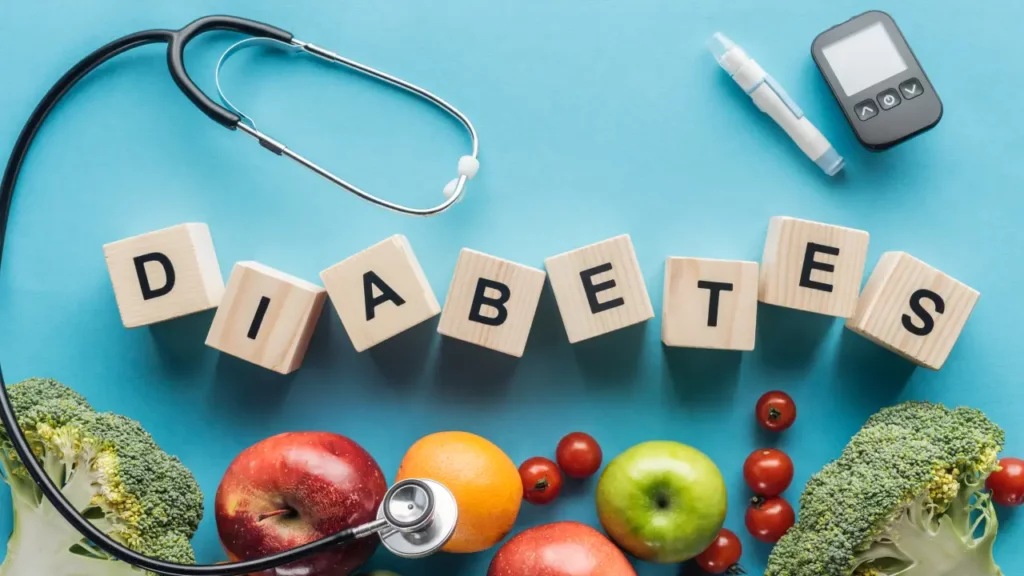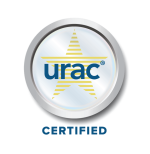Remote Patient Monitoring (RPM) is transforming the landscape of chronic disease care, particularly for individuals managing Type 1 Diabetes. By leveraging cutting-edge technology, RPM enhances Disease Management and offers new solutions for better health outcomes. However, integrating RPM into healthcare protocols presents unique challenges alongside groundbreaking innovations.
Challenges in Remote Patient Monitoring
Implementing Remote Patient Monitoring for Type 1 Diabetes comes with several obstacles. One significant challenge is ensuring the accuracy and reliability of continuous data collection. Devices must be user-friendly and dependable to encourage consistent patient use and compliance with Health Guidelines. Integrating RPM into existing healthcare systems also requires seamless communication and synchronization between patients and healthcare providers.
Data security and privacy pose another critical challenge. Protecting sensitive patient information is paramount, necessitating robust security measures to prevent data breaches. Ensuring compliance with regulatory standards, such as HIPAA, is crucial for maintaining patient trust and safeguarding their personal health information.
Innovations Driving RPM Forward
Despite these challenges, innovations in Remote Patient Monitoring are propelling the field forward. Advances in wearable technology and smart devices enable real-time monitoring of blood glucose levels, providing immediate feedback to patients and healthcare providers. According to a report by Research and Markets, the global market for wearable medical devices is projected to reach $195 billion by 2027, reflecting the rapid adoption of these technologies. These devices can alert both parties when readings are abnormal, facilitating timely interventions and better Disease Control.
Artificial Intelligence (AI) and machine learning are also revolutionizing RPM. These technologies can analyze large datasets to identify patterns and predict potential health issues before they become critical. A study published in the Journal of Medical Internet Research found that AI-powered RPM systems could predict hypoglycemic events with 89% accuracy. This proactive approach to Chronic Disease Care allows for the development of personalized Health Protocols tailored to each patient’s unique needs.
Integrating RPM into Healthcare Management
To effectively integrate Remote Patient Monitoring (RPM) into healthcare management systems, collaboration among various stakeholders is crucial. This table outlines the key components required for successful integration, emphasizing the roles of technology providers, healthcare professionals, and patients.
| Component | Description |
|---|---|
| Collaboration | Technology providers, healthcare professionals, and patients must work together. |
| Standardized Disease Protocols | Developing uniform protocols for consistent and effective care. |
| Protocol Compliance | Ensuring adherence to established health guidelines and protocols. |
| Education and Training | Teaching patients to use monitoring devices correctly and training healthcare providers to interpret data. |
| Ongoing Support and Guidance | Providing continuous support to ensure successful implementation and adherence to protocols. |
Effective integration of Remote Patient Monitoring into healthcare management systems hinges on collaboration among technology providers, healthcare professionals, and patients. Developing standardized Disease Management Protocols and ensuring protocol compliance are essential steps for delivering consistent and effective care. Education and training play a crucial role in teaching patients how to use monitoring devices correctly and enabling healthcare providers to interpret the data accurately. Continuous support and guidance are vital to ensure the successful implementation and long-term adherence to Chronic Condition Protocols.
Summary
Remote Patient Monitoring is revolutionizing the care of Type 1 Diabetes, offering innovative solutions to improve Disease Management and patient outcomes. While challenges exist, the advancements in technology and data analysis provide promising opportunities. By integrating RPM into comprehensive Healthcare Management plans and adhering to rigorous Health Protocols, we can enhance Disease Control, improve Patient Management, and ultimately deliver better care for those living with chronic conditions.









